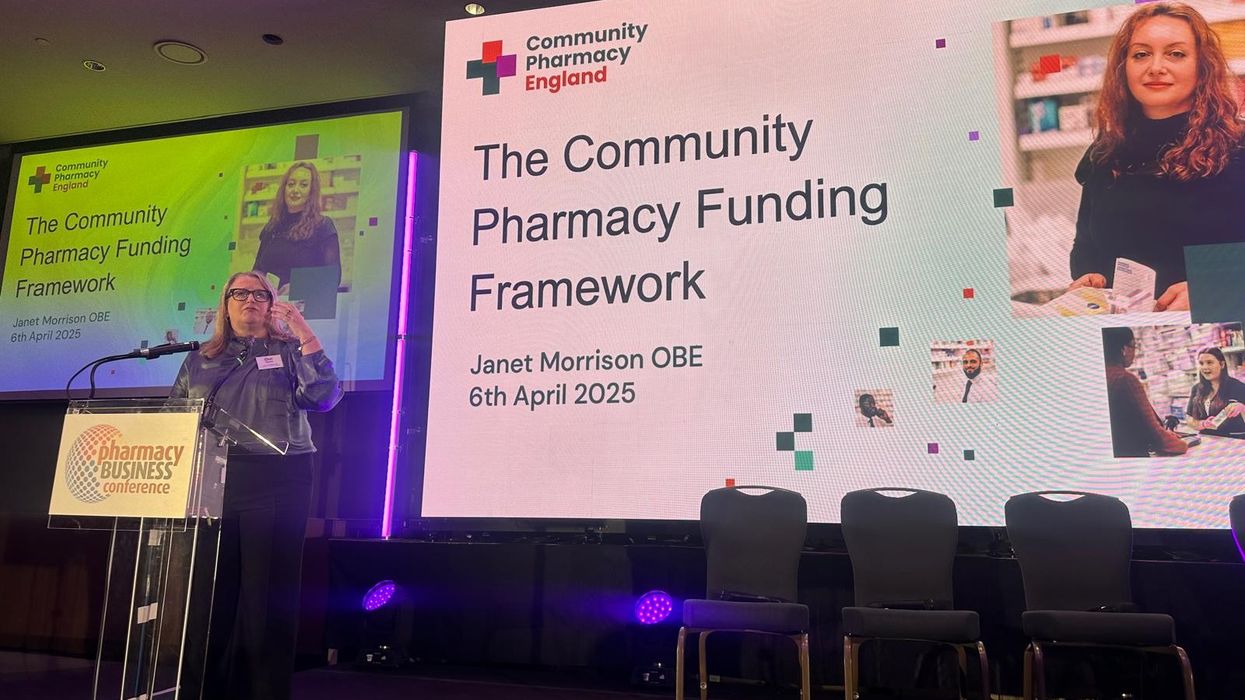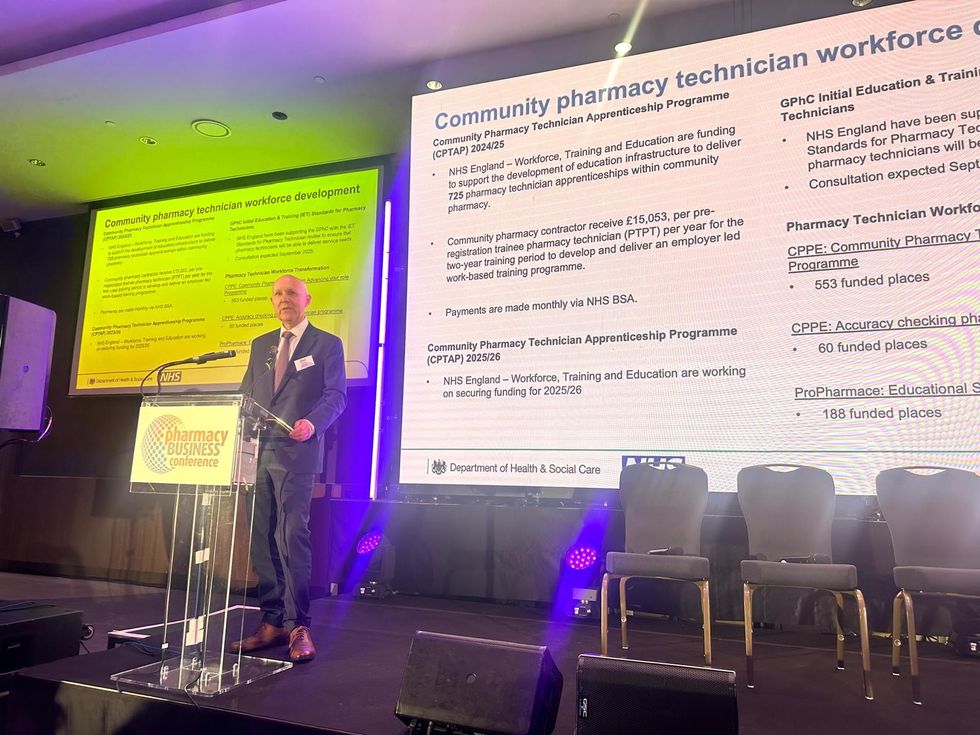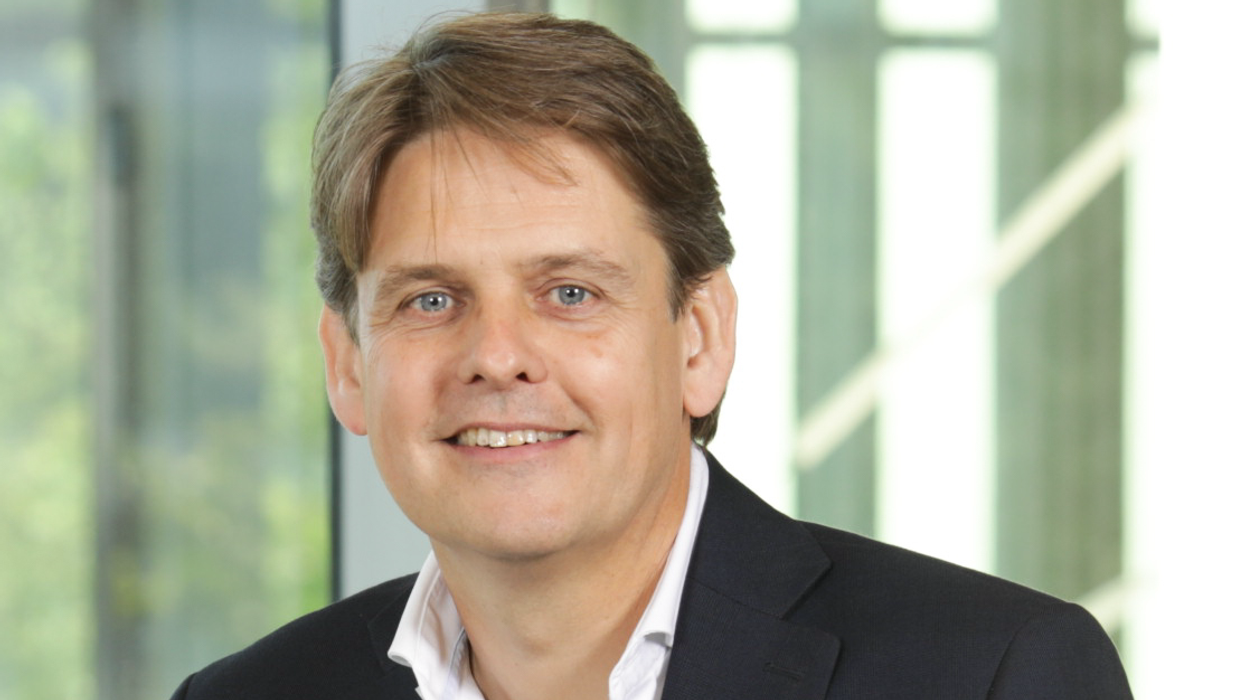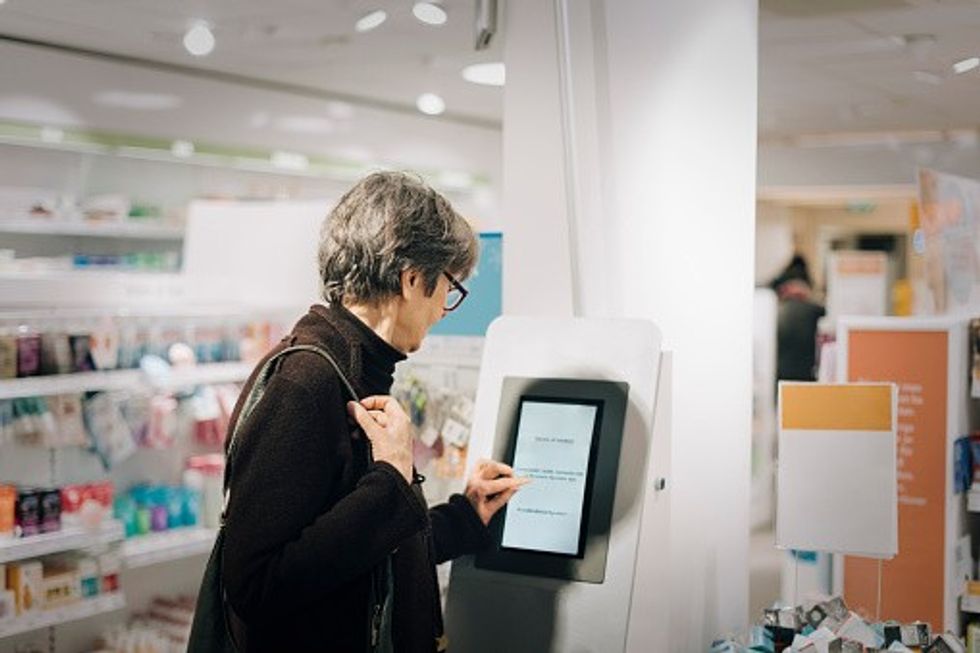Let's explore various smoking cessation methods and the vital role pharmacists play as accessible healthcare professionals
The journey for patients to quit smoking can be challenging, but with the right strategies and support, it is achievable. Smoking cessation is a critical step for patients towards improving overall health and well-being. We caught up with Thorrun Govind, pharmacist, TV health expert and pharmacy lawyer at Brabners for her top tips.
Govind notes that smoking is a leading cause of preventable diseases and deaths worldwide. It is associated with numerous health issues, including lung cancer, heart disease, stroke, and chronic obstructive pulmonary disease (COPD). Quitting smoking can significantly reduce the risk of these conditions and improve quality of life. Within weeks of quitting, individuals often experience improved lung function, better circulation, and enhanced sense of taste and smell. Govind advises that;
- After 20 minutes of quitting your pulse rate, will already be starting to return to normal.
- After 48 hours of quitting your carbon monoxide levels have dropped to that of a non-smoker. Your lungs are clearing out mucus and your senses of taste and smell are improving.
- After 1 year your risk of heart attack will have halved compared with a smoker's.
This piece explores the various methods and benefits of smoking cessation.
Understanding the Importance of Quitting
Govind explained that the Cycle of Change is important to keep in mind. This model was developed by James Prochaska and Carlo DiClemente and there are six stages. Precontemplation-at this stage, individuals are not yet considering change. They may be unaware of the need for change or resistant to it. Contemplation: Individuals become aware of the need for change and start to think about it. They weigh up the pros and cons but have not yet committed to taking action. Preparation: At this stage, individuals intend to take action soon. They may start making small changes and plan the steps needed to achieve their goal. Action: This is the stage where individuals actively modify their behaviour and take concrete steps towards change. Maintenance: After achieving the initial goals, individuals work to sustain the new behaviour and prevent relapse.
Govind also pointed out the risk of Relapse. This stage involves returning to old behaviours and it is a common part of behaviour change. Individuals often cycle through the stages multiple times before achieving lasting change.
Quitting smoking is not without its challenges. Govind warns that withdrawal symptoms, such as irritability, anxiety, and cravings, can be intense, especially in the first few weeks. However, these symptoms typically peak within the first few days and gradually diminish over time. Utilising a combination of pharmaceutical and behavioural interventions can help manage these symptoms effectively.
Effective Smoking Cessation Strategies
- Pharmaceutical Interventions:
- Nicotine Replacement Therapy (NRT): NRT products, such as patches, gum, lozenges, and inhalers, help reduce withdrawal symptoms by providing a controlled dose of nicotine without the harmful chemicals found in cigarettes.
- Medications: Prescription medications like Varenicline (Champix) and Bupropion (Zyban) can help reduce cravings and withdrawal symptoms. These medications work by targeting nicotine receptors in the brain, making smoking less satisfying. However, it should be noted that Champix was withdrawn as a precaution, because of an impurity found in the medicine and Zyban was the same.
The UK Medicines Health and Regulatory Authority has now approved generic Varenicline. As a ‘generic’ or unbranded drug, Varenicline (made by the pharmaceutical company Teva UK) is more cost effective than Champix.
- Behavioural Interventions:
- Counselling and Support Groups: Behavioural therapy, including individual counselling and support groups, can provide the necessary emotional support and coping strategies to quit smoking. These sessions often focus on identifying triggers, developing coping mechanisms, and setting realistic goals.
- Digital and Mobile Interventions: Mobile apps and online programs may offer convenient and accessible support for smoking cessation. These tools often include features like progress tracking, motivational messages, and virtual coaching.
- Alternative Therapies:
- Hypnotherapy and Acupuncture: Some individuals find alternative therapies like hypnotherapy and acupuncture helpful in managing cravings and reducing stress associated with quitting smoking. While the evidence on their effectiveness is mixed, they can be beneficial as part of a comprehensive cessation plan.
Conclusion
Smoking cessation is a journey that requires commitment, support, and the right strategies. Govind highlights the important role that pharmacists have as an accessible healthcare professional. However, she also encourages pharmacists to utilise their teams and ensure that the whole team is geared up for conversations on smoking cessation. By understanding the importance of quitting, exploring various cessation methods, and seeking professional help, individuals can successfully overcome nicotine addiction and enjoy a healthier, smoke-free life.
Thorrun Govind, pharmacist, TV health expert and pharmacy lawyer at Brabners











 Health Secretary Wes Streeting addresses Pharmacy Conference via video
Health Secretary Wes Streeting addresses Pharmacy Conference via video  David Webb, chief pharmaceutical officer of NHS England
David Webb, chief pharmaceutical officer of NHS England Shailesh Solanki, executive editor of Pharmacy Business
Shailesh Solanki, executive editor of Pharmacy Business L-R: Yasmin Karsan, Pritee Panchmatia and Fin McCaul
L-R: Yasmin Karsan, Pritee Panchmatia and Fin McCaul  L-R: Baba Akomolafe, Rachna Chhatralia, Patricia Tigenoah-Ojo and Raj Matharu
L-R: Baba Akomolafe, Rachna Chhatralia, Patricia Tigenoah-Ojo and Raj Matharu L- R: Nicola Stockmann, Robert Townsend, Atul Patel and Amerjit Singh
L- R: Nicola Stockmann, Robert Townsend, Atul Patel and Amerjit Singh Wole Ososami, lead pharmacist at Westbury Chemist
Wole Ososami, lead pharmacist at Westbury Chemist








 A woman using kiosk at pharmacy store gettyimages
A woman using kiosk at pharmacy store gettyimages  Pharmacist examining commissioning machine in pharmacy gettyimages
Pharmacist examining commissioning machine in pharmacy gettyimages